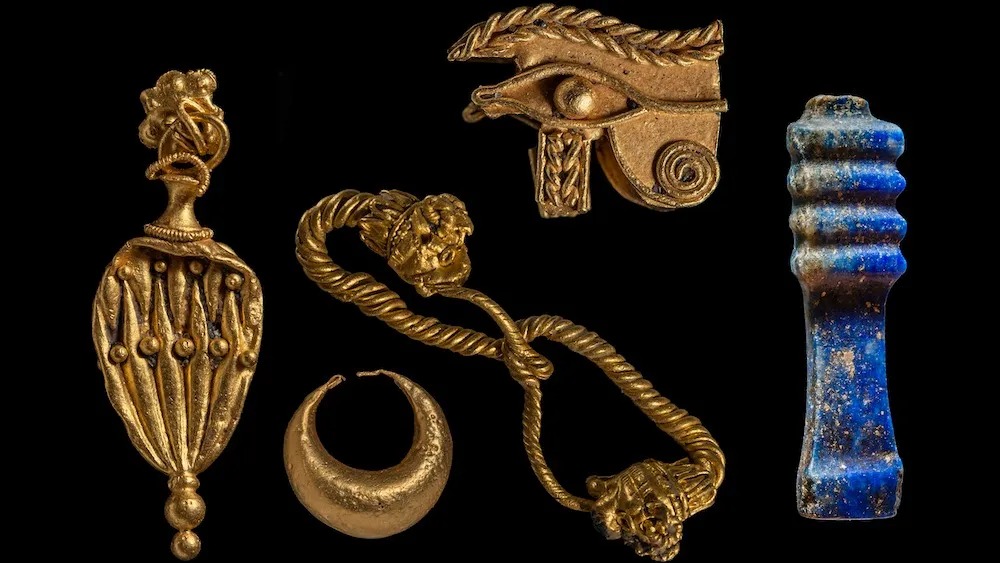
A team of underwater archaeologists led by Franck Goddio has found a submerged Egyptian temple and Greek sanctuary brimming with ancient treasures. Both structures were part of the ancient Egyptian city of Thonis-Heracleion. It was once Egypt's largest port along the Mediterranean Sea. However, a major earthquake and tidal waves caused the entire city to sink in the 8th century AD.
Thonis-Heracleion remained hidden underwater about 4.3 miles (7 kilometers) from Egypt's modern-day coast until 2000. Since the city's discovery, Goddio and his team have retrieved many precious artifacts from the ruins. The latest discovery was revealed on September 20, 2023.
The recently found temple was built to honor the Egyptian god Amun. The deity was very important to new pharaohs. The European Institute for Underwater Archaeology (IEASM) states that the rulers would visit the temple to receive "the titles of their power as universal kings." From this submerged structure, archaeologists retrieved silver ritual instruments, gold jewelry, and giant containers to hold perfumes. They provide insights into the religious and ceremonial practices of the time.
The sanctuary, located east of the temple, is dedicated to Aphrodite, the Greek goddess of love and beauty. There, the archeologists found several imported bronze and ceramic objects. "The discoveries suggest that Greeks were allowed to relocate, live, and worship in the ancient Egyptian city," says Goddio.

The refuge also housed Greek weapons. The experts believe it indicates that Greek soldiers had been brought in to defend the ancient city during the 7th century BC.
"It is extremely moving to discover such delicate objects, which survived intact despite the violence and magnitude of the cataclysm," says Goddio.
Resources: Livescience.com, archaeology.org, artnews.com
